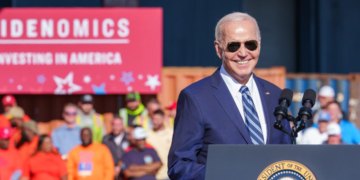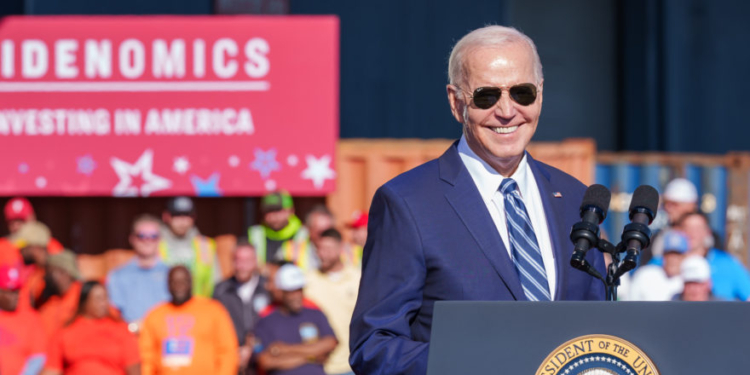Housing costs surged in August despite a broader drop in inflation, according to the latest Bureau of Labor Statistics (BLS) release on Wednesday.
Shelter costs rose 5.2% year-over-year and 0.5% on a monthly basis in August, accounting for over 70% of total inflation and accelerating from the 5.1% annual housing inflation seen in July, BLS data shows. The cost increase represented the largest gain in the category in seven months, and came despite a decrease in the overall rate of inflation, which fell to 2.5% in August, down from 2.9% in July, according to MarketWatch.
“The curveball [in August] was the re-acceleration in rents and owners’ equivalent rent,” Michael Pearce, deputy chief U.S. economist at Oxford Economics, told Barron’s.
In August 2024, the CPI rose 0.2%, with shelter driving the increase. Energy fell 0.8%, and food rose 0.1%. Year-over-year, inflation is up 2.5%, the smallest rise since 2021. Core inflation (less food & energy) is up 3.2% over the past year. pic.twitter.com/ccc8LRXHIO
— Econoday, Inc. (@Econoday) September 11, 2024
Shelter costs typically take longer to adjust than other categories, as rents are typically fixed for the duration of a lease. Consequently, housing inflation is expected to remain above pre-pandemic levels through the end of 2025 despite a recent slowdown in price increases for new leases, according to the Federal Reserve Bank of Minneapolis.
However, the fact that shelter inflation accelerated in August is surprising, as the price of new leases peaked over a year ago, according to UBS senior economist Brian Rose.
“This is actually quite mysterious how things like OER [owners’ equivalent rent of residences] are accelerating now,” Rose told Yahoo Finance. “So the actual data on leases, we have this high-frequency data showing when people are signing new leases, what their rents are. You know, that peaked out almost two years ago. And to see the OER accelerating at this point is very strange, very difficult to explain.”
Shelter costs contributed to a 0.3% monthly rise in core inflation, 0.1% higher than economists expected. Core inflation excludes the volatile categories of food and energy, making it one of the Federal Reserve’s main points of consideration when weighing rate cuts, which could impact the Fed’s rate cut decision when the Federal Open Market Committee (FOMC) meets on Sept. 18, according to Investor’s Business Daily.
Rental and owners’ equivalent rent costs have both increased roughly 22.5% since President Joe Biden took office in January 2021, according to the Federal Reserve Bank of St. Louis. Cumulative inflation, meanwhile, is somewhat lower at 20%.
Underlying the rise in shelter costs is a lack of housing, with a November 2023 estimate from The Pew Charitable Trusts finding the U.S. had a shortage of 4 to 7 million homes.
All content created by the Daily Caller News Foundation, an independent and nonpartisan newswire service, is available without charge to any legitimate news publisher that can provide a large audience. All republished articles must include our logo, our reporter’s byline and their DCNF affiliation. For any questions about our guidelines or partnering with us, please contact [email protected].


























